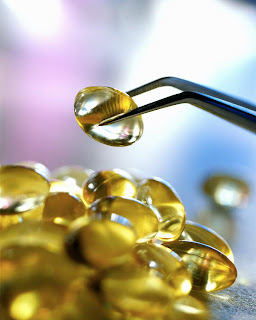The Science of Nutrition
Nutrition 101: Food Is Fuel
Nutrition 101: Food Is Fuel
Lecture 2: Micronutrients and Water
Biomedical Root Words to Know
Bio- life, living
Calori- heat
Hydro- water
Micro– small
Terms to Know
Micronutrients- vitamins and minerals are classified as micronutrients because the body’s daily requirements for these nutrients are small
Nutrients- any ingested chemicals that are used for growth, repair, or maintenance of the body; they fall into six major classes: water, carbohydrates, lipids, proteins, minerals, and vitamins
Vitamins- small organic nutrients that are absorbed undigested and serves a purpose other than being oxidized for energy; most vitamins must be consumed through the diet
Minerals- inorganic elements or atoms which contain no calories; they are essential, but required in very small amounts
Water- made up of hydrogen and oxygen; chemical symbol H20; essential for sustaining life; is 50-75% of the human body
Facts About Water
*The human body is made up of 50-75% water.
*Water covers about 70-75% of the earth's surface.
*Humans can survive for up to 30 days without food, but can only survive for about 7 days without water.
*The average adult requires a minimum of 96 ounces of water (3 quarts) of water per day.
*An extra 8 ounces of water is required for every 25 pounds that a person is over his/her ideal weight.
*Extra hydration is needed for those who live in warmer, humid climates and for those who exercise.
Reading Assignment: African American Dietary Patterns at the Beginning of the 20th Century
Robert T. Dirks and Nancy Duran, pages 1885-1889. http://jn.nutrition.org/content/131/7/1881.full.pdf+html
Bibliography
— Clark, Micheal A., (2008). NASM Essentials of Personal Fitness Training. Lippincott, Williams, and Wilkins.
—Heather Hedrick Fink, L. A. (2009). Practical Applications in Sports Nutrition. Sudbury: Jones and Bartlett Publishers.
—Heather Hedrick Fink, L. A. (2009). Practical Applications in Sports Nutrition. Sudbury: Jones and Bartlett Publishers.
—Saladin, K. S. (2007). Anatomy & Physiology: The Unity of Form and Function. New York: McGraw Hill.
Printables




No comments:
Post a Comment